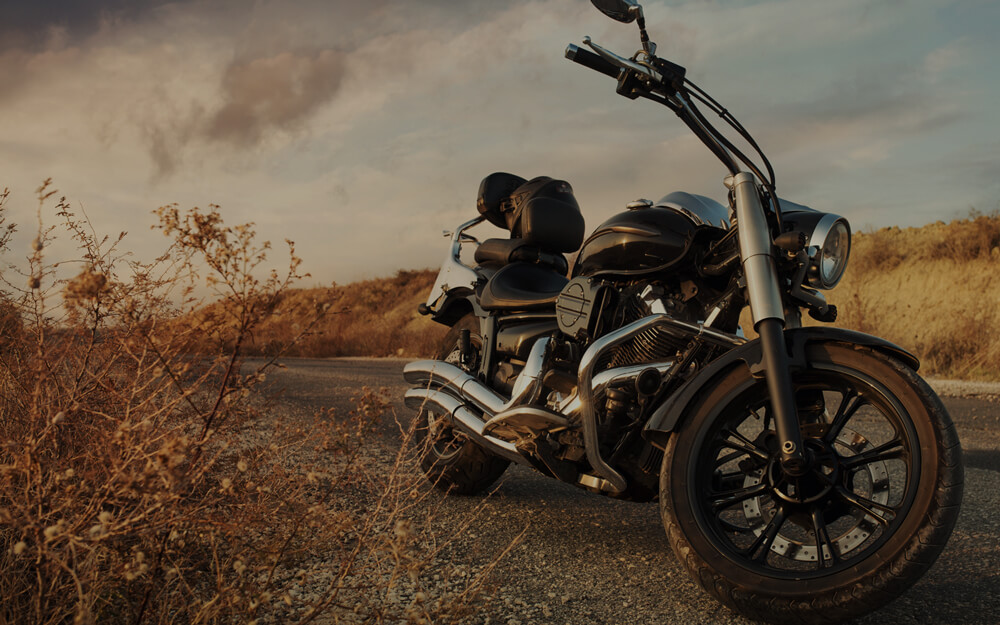
Before you buy your first motorcycle, there’s a lot of information you need to sift through so you can make the right decisions. Like with automobiles, you need insurance and training, but you also need a bike that best suits you and your intended use, not to mention gear to protect you. This guide will show you 4 key things you’ll need to consider before buying your first motorcycle.
The motorcycle
If you’re new to motorcycling, the best learner bike will be one included on the Learner Approved Motorcycle Scheme (LAMS), a list maintained by each state’s transport authority, such as VicRoads in Victoria.
Qualifying motorcycles will have an engine capacity of 660cc or less, a power-to-weight ratio of 150 kilowatts per tonne or less, and not be modified to increase their power-to-weight ratio. Most motorcycles less than 260cc are automatically approved under LAMS for beginner riders.
This leaves several hundred options, but the best learner bike for you will depend on other factors, such as the amount you’re willing to spend (and if you want to buy new or used), the road surfaces on which you plan to ride, optional extras like ABS and windscreens/fairings, and handlebar height.
For these reasons, it’s best not to rush into making a decision, and instead do your research about what you want/need and which bike will fulfil these factors. It may be tempting to settle for the first bike you find and like, but it pays to shop around to find the best learner bike for you.
The Gear
Unlike most cars, which have a chassis, airbags and other safety features that can help protect you in a crash, motorcycles leave you pretty exposed. Therefore you need to invest in good quality gear that will minimise the chances of injury in a crash. There are five pieces of gear that every motorcyclist should invest in: motorcycle helmet, jacket, pants, gloves, and boots.
Helmet – This is the most important piece of gear you will buy, as it will protect the most important part of your body. Full-face helmets will also keep bugs, rain, dirt and other objects out of your face, as well as offering more protection than the open-faced ones. In all Australian states it’s also a requirement to wear a helmet when riding a motorcycle. See our guide to buying a bike helmet for more information.
Jacket – Jackets are generally made of leather or textile and are designed to keep you dry and protect your torso from abrasions if you come off your bike. Make sure the jacket fits you well; if it’s too big or small then it won’t offer you the protection it should. Some jackets also feature zippers so you can connect them to motorcycle pants. Good jackets should also include body armour (with a CE safety rating) that will help absorb impacts in a crash.
Pants – Like jackets, motorcycle pants will protect you from abrasions and the elements. It’s not recommended that you wear denim or other pants not specifically designed to be worn on motorcycles, as they won’t offer the same level of protection. Like jackets, some pants will also include body armour in the hip and knee areas.
Gloves – Your hands are more fragile than other parts of your body, and are easily broken in an accident. They should be made from abrasion-resistant materials and fit your hands well (not too big or small), as well as providing protection to your knuckles and wrists.
Boots – Given the important role that your feet have when riding, for braking and changing gears, as well as for stabilising the bike when you’ve stopped, it’s important to wear purpose fit riding boots that support your feet. It can be difficult to fight the urge to wear sneakers or thongs when it’s hot, but they won’t offer the proper protection that your feet need. For more information on how to choose the right boots, see our article on the four things to consider when purchasing motorcycle boots.
The training
Some drivers spend thousands of dollars on learning how to drive, as well as ensuring they’ve completed the mandatory 120 hours of driving practice. With motorcycles, the requirement is to hold a motorcycle learner permit for three months, after which you can apply for a full licence.
As it can take longer than three months to become a proficient driver, it’s important to gain as much experience as possible. This is where rider training courses come in, as they will help you be more confident on the road and make better decisions when you’re riding.
The insurance
After you’ve spent time and money on learning how to ride, protecting your body with high-quality gear, and then purchasing a suitable motorcycle, you want to ensure that your bike has adequate insurance cover in case of accidents, theft or other factors outside your control.
Comprehensive insurance, as the name implies, offers the most protection, including new motorcycle replacement if your bike is total loss and is less than 24 months old from the original registration, and cover for accidental and malicious damage to your bike. Insurance is vital, helping you to gain peace of mind that, after your body is better protected, your investment will be, too.
If you’re looking for insurance that will cover the basics, Swann Insurance also offers Third Party Fire and Theft insurance, or Third Party Liability cover.
We hope you’ve found this guide useful, and please contact us if you have any questions about how Swann Insurance can help you.
